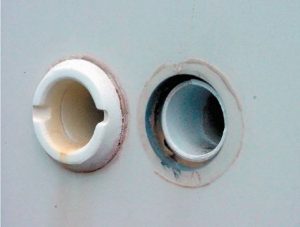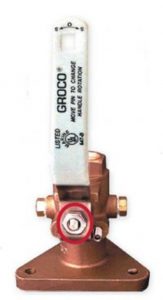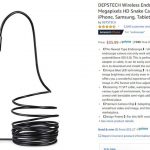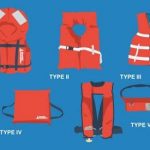Plastic Through-hull Warning
Some cheaper materials can fail within the first year of use.
 This is a very important item that should be checked, preferably before your vessel is launched. I had this problem twice on First Light where the thru-hull just appeared chalky. Last year I replaced it with a bronze thru-hull to resolve the problem.
This is a very important item that should be checked, preferably before your vessel is launched. I had this problem twice on First Light where the thru-hull just appeared chalky. Last year I replaced it with a bronze thru-hull to resolve the problem.
When the flange on a through-hull breaks, the resulting hole can be large enough to flood the boat.
Cracked nylon (acetal plastic) thru-hulls are a common problem, as a walk in almost any boatyard will bear out. Unlike fittings constructed of industry approved materials (bronze, Marelon, etc.) nylon thru-hulls are not recommended for use at or below the waterline. Age often plays a factor in the failure of nylon thru-hulls, but ultraviolet light is the main culprit. While different brands vary widely in their susceptibility to UV damage, some are so poorly made they can fail within the first year of use. The stress placed on the thru-hull by an unsupported hose can also cause failure, with the weight of the hose acting like a lever as the boat bounces around while underway.
Nylon thru-hulls typically fail where the body of the fitting joins the outer flange, which can result in a crack or even total failure (both of which are shown in the accompanying photo). Once the flange shears off there’s nothing left to keep the through-hull in place, meaning it’ll eventually be pulled inboard, leaving a gaping hole in its place. If located near the waterline such a hole can reduce the vessel’s effective freeboard from feet to inches, meaning a boat needs only to settle slightly before it begins to take on water and sink.
If the failed fitting happens to be your bilge pump overboard discharge, then the pump just continues to recycle any water that enters the bilge as your boat gets lower and lower in the water until…well, you get the idea.
Nylon fittings should be inspected at least annually. If you find one fitting that’s bad and the others are of the same vintage, play it safe and replace them all.
 The stainless-steel stem bolt (circled) on several Groco valve models — IBV, FBV (shown above), FV, TWV—made between 2004 and 2006 was out of spec. Groco issued a service notice, saying it will replace these free of charge.
The stainless-steel stem bolt (circled) on several Groco valve models — IBV, FBV (shown above), FV, TWV—made between 2004 and 2006 was out of spec. Groco issued a service notice, saying it will replace these free of charge.
Nylon thru-hull fittings like this are culprits in more than a few sinking’s, when used as cockpit drains that ended up underwater and were cracked due to age and UV damage. Nylon is most definitely not for below-waterline use.
Nylon should not be confused with Marelon a high strength, polymer composite, developed as a solution to electrolysis and corrosion problems associated with bronze/brass plumbing fittings. It is UL/ABYC approved and ISO certified for use below and above waterline.
All approved seacocks and through-hull fittings, metallic or composite, should carry the UL approval number 1121 or 618C, for “Marine Through-Hull Fittings and Sea-Valves.”




